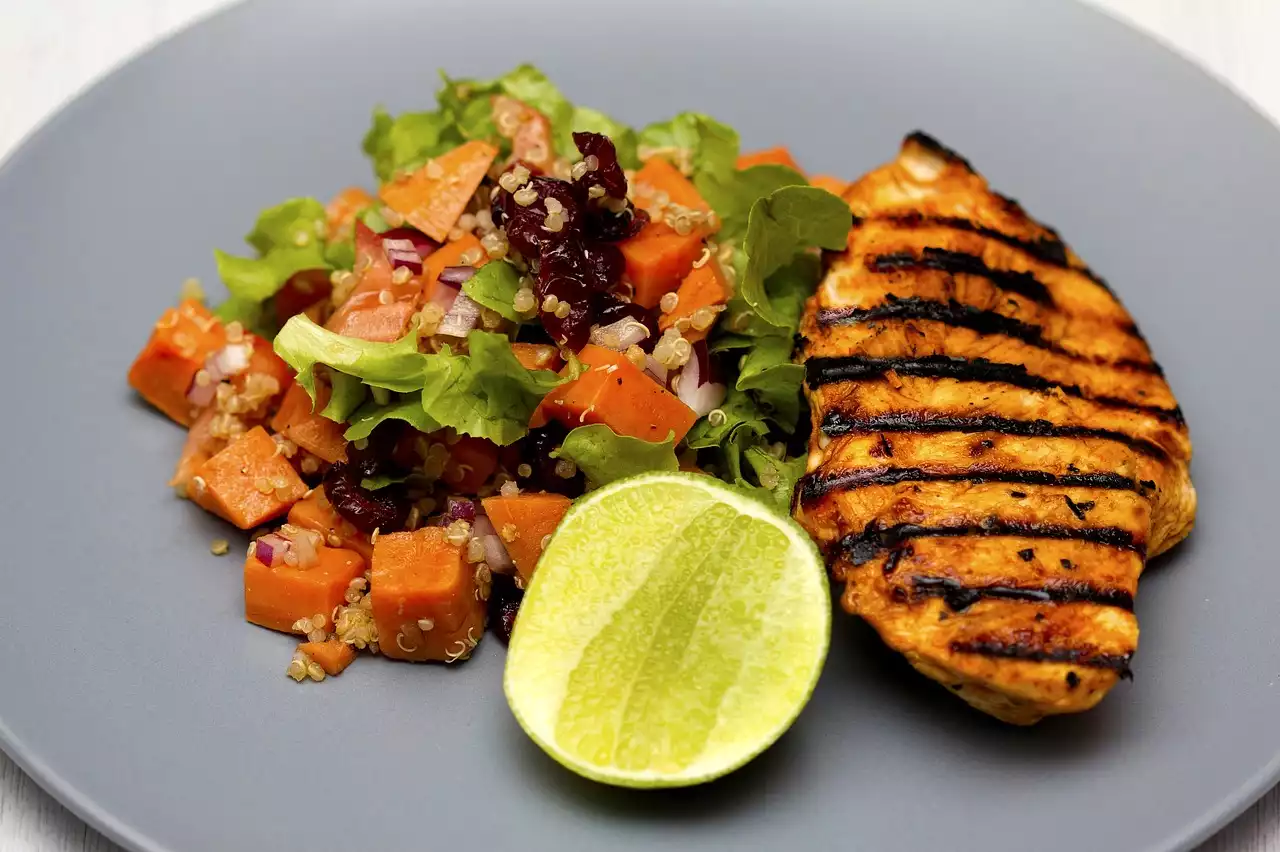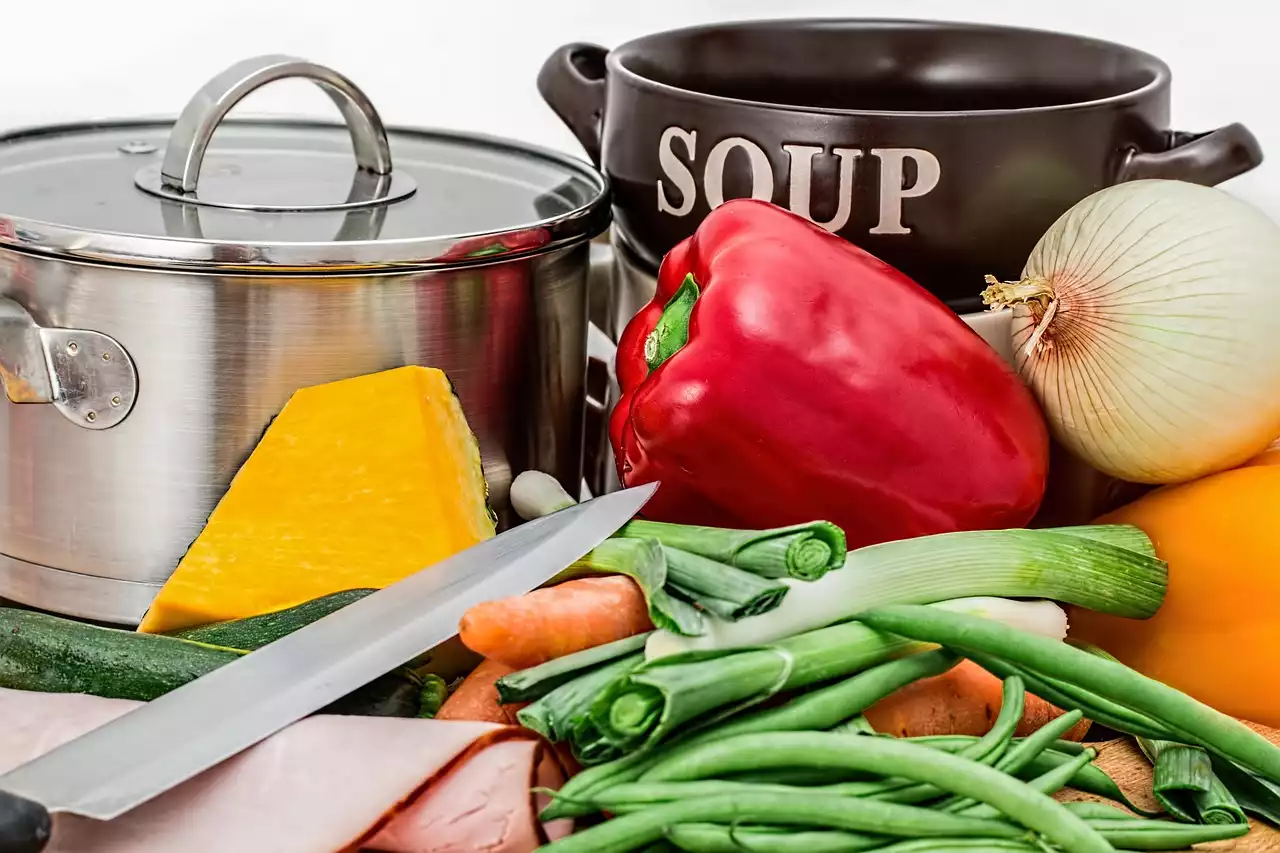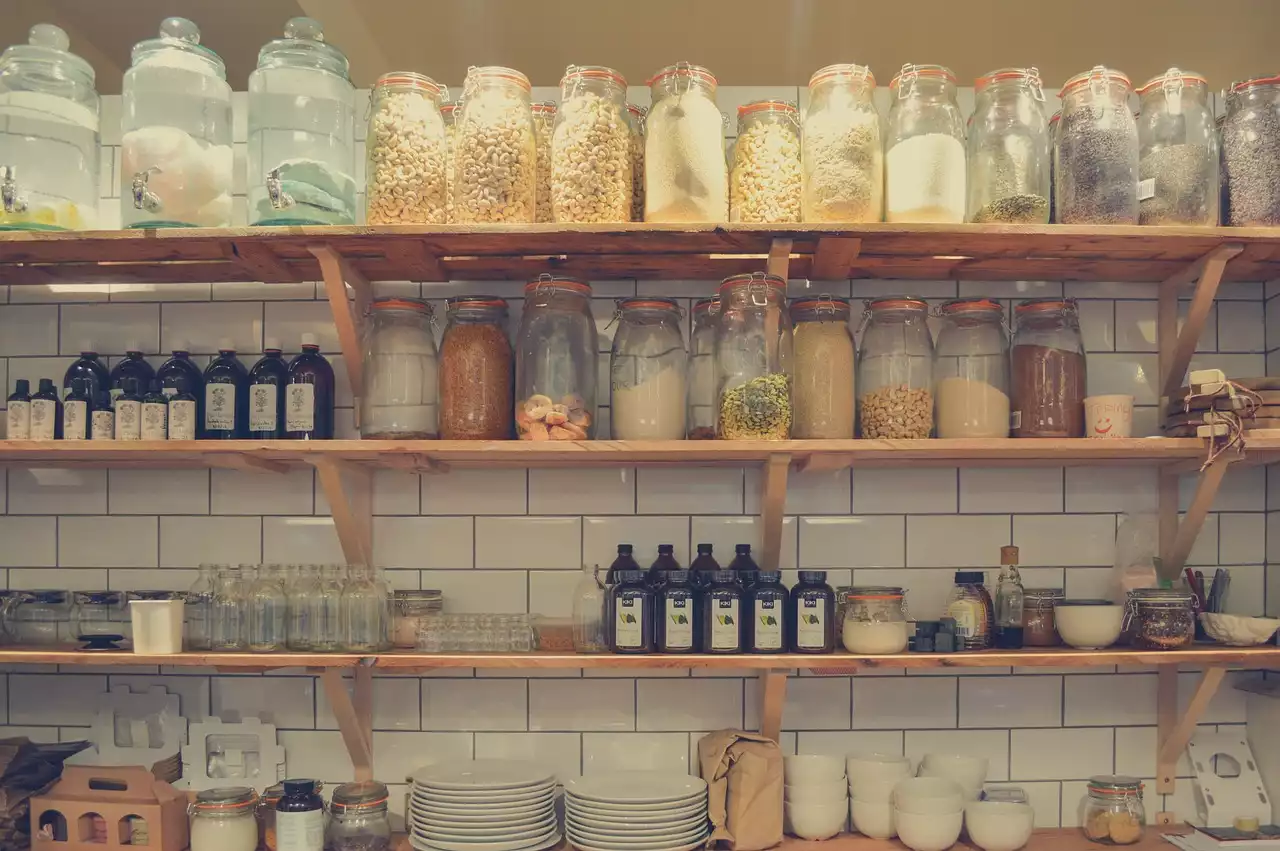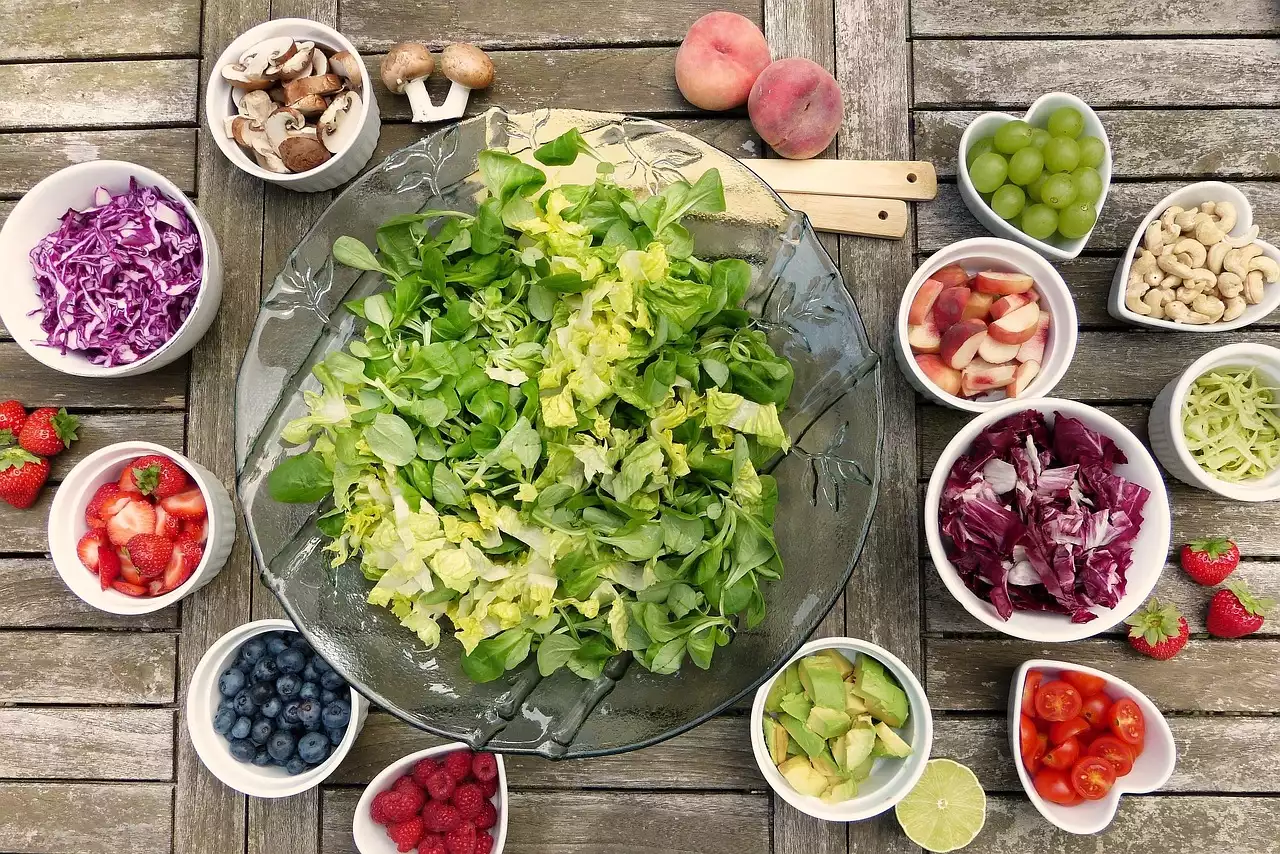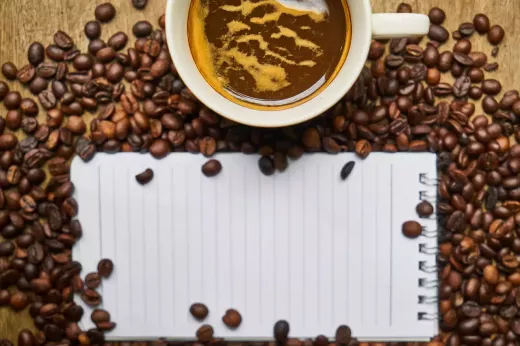Importance of preserving nutrients in food
Nutrients are essential for our body to function properly. They are responsible for providing energy, building and repairing tissues, and supporting the immune system. When we cook food, we can lose some of these nutrients. Heat, water, and air can cause vitamins and minerals to break down or leach out of food. That's why it's important to use cooking techniques that preserve as many nutrients as possible.
When we eat a balanced diet that includes a variety of fruits, vegetables, whole grains, and lean proteins, we can meet our daily nutrient needs. However, if we're not preserving those nutrients during cooking, we may not be getting all the benefits of the food we're consuming. That's why it's important to learn how to cook foods in a way that retains their nutrients.
Common cooking methods that destroy nutrients
Before we dive into the cooking techniques that can help retain nutrients, let's take a look at some of the common cooking methods that can destroy them.
Boiling: Boiling is a common cooking method, but it can cause water-soluble vitamins like vitamin C and B vitamins to leach out of food and into the water. This means that if you're making soup or boiling vegetables, some of the nutrients may be lost in the cooking water.
Frying: Frying is another popular cooking method, but it can cause the breakdown of some vitamins and the production of harmful compounds. Deep-frying, in particular, can cause the formation of acrylamide, a potentially cancer-causing substance, in some foods.
Microwaving: Microwaving is a convenient way to cook food, but it can cause the breakdown of some vitamins and the loss of antioxidants. The longer you microwave food, the more nutrients are lost.
Cooking techniques that retain nutrients
Now that we know which cooking methods to avoid, let's look at some of the cooking techniques that can help retain nutrients.
Steaming
Steaming is a gentle cooking method that involves cooking food over, but not in, boiling water. This makes it an excellent way to preserve the nutrients in food. Steaming can help retain water-soluble vitamins, like vitamin C and B vitamins, that can be lost when boiling or frying. It's also a great way to cook vegetables without adding any extra fat or calories.
To steam vegetables, simply place them in a steamer basket over a pot of boiling water. Cover the pot and let the vegetables steam until they're cooked to your liking. You can also steam fish or chicken to keep them moist and tender while preserving their nutrients.
Stir-frying
Stir-frying is a popular cooking technique in Asian cuisine that involves cooking food quickly over high heat in a small amount of oil. This method can help preserve the nutrients in food because it's a quick cooking method that doesn't involve a lot of water.
Stir-frying is a great way to cook vegetables, like broccoli or bell peppers, that can retain their nutrients when cooked quickly. It's also a great way to cook lean proteins, like shrimp or chicken, that can become tough and dry with other cooking methods. Plus, stir-frying can help bring out the natural flavors of the food, making it a delicious and healthy option.
Grilling
Grilling is a popular cooking method that involves cooking food over an open flame or hot coals. This method can help retain the nutrients in food because it's a dry cooking method that doesn't involve a lot of water.
Grilling is a great way to cook lean proteins, like chicken or fish, that can become dry and tough with other cooking methods. It's also a great way to cook vegetables, like asparagus or zucchini, that can develop a smoky and delicious flavor on the grill. Just be sure to marinate your food beforehand to add flavor and prevent it from sticking to the grill.
Poaching
Poaching is a gentle cooking method that involves cooking food in simmering liquid. This method can help preserve the nutrients in food because it's a gentle cooking method that doesn't involve high heat.
Poaching is a great way to cook delicate proteins, like fish or eggs, that can become tough and dry with other cooking methods. It's also a great way to cook fruits, like pears or apples, that can develop a soft and delicious texture when poached. Just be sure to use a flavorful liquid, like broth or wine, to add flavor to your food.
POACHED EGGS | how to poach an egg (perfectly)
Slow-cooking
Slow-cooking is a method of cooking that involves cooking food over a long period of time at a low temperature. This method can help retain the nutrients in food because it's a gentle cooking method that doesn't involve high heat or a lot of water.
Slow-cooking is a great way to cook tough cuts of meat, like beef or pork, that can become tender and juicy with long cooking times. It's also a great way to cook vegetables, like carrots or sweet potatoes, that can develop a rich and delicious flavor when cooked slowly. Just be sure to use a flavorful liquid, like broth or tomato sauce, to add flavor to your food.
Tips for nutrient retention while cooking
In addition to using the cooking techniques mentioned above, there are a few other tips you can follow to retain nutrients while cooking:
- Cut food into larger pieces: The larger the pieces of food, the less surface area there is for nutrients to leach out.
- Use minimal water: When cooking, use the smallest amount of water possible to avoid losing water-soluble vitamins.
- Keep cooking time to a minimum: The longer you cook food, the more nutrients are lost, so try to cook food for the shortest amount of time possible.
- Store food properly: After cooking, store food in airtight containers in the refrigerator to help retain its nutrients.
